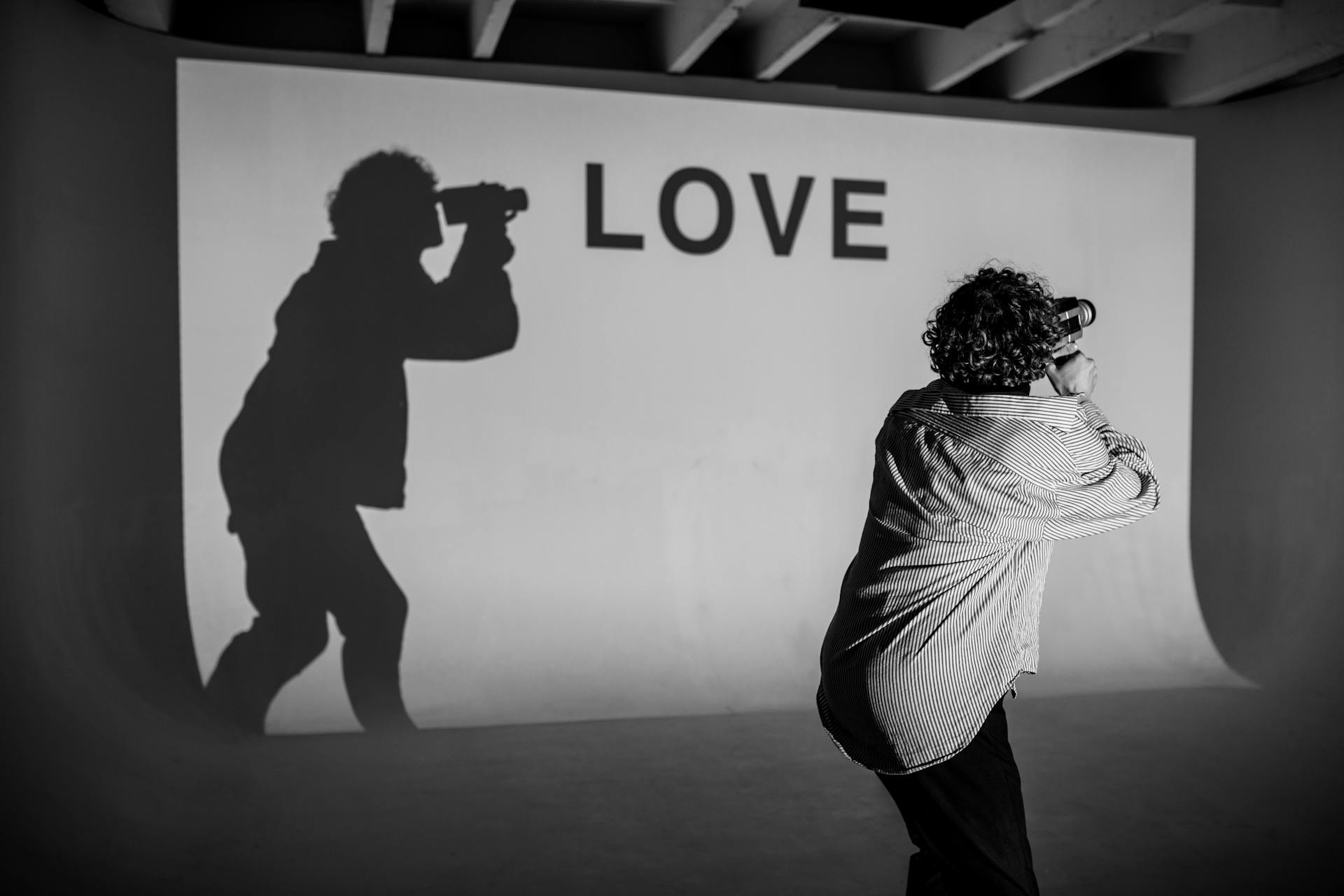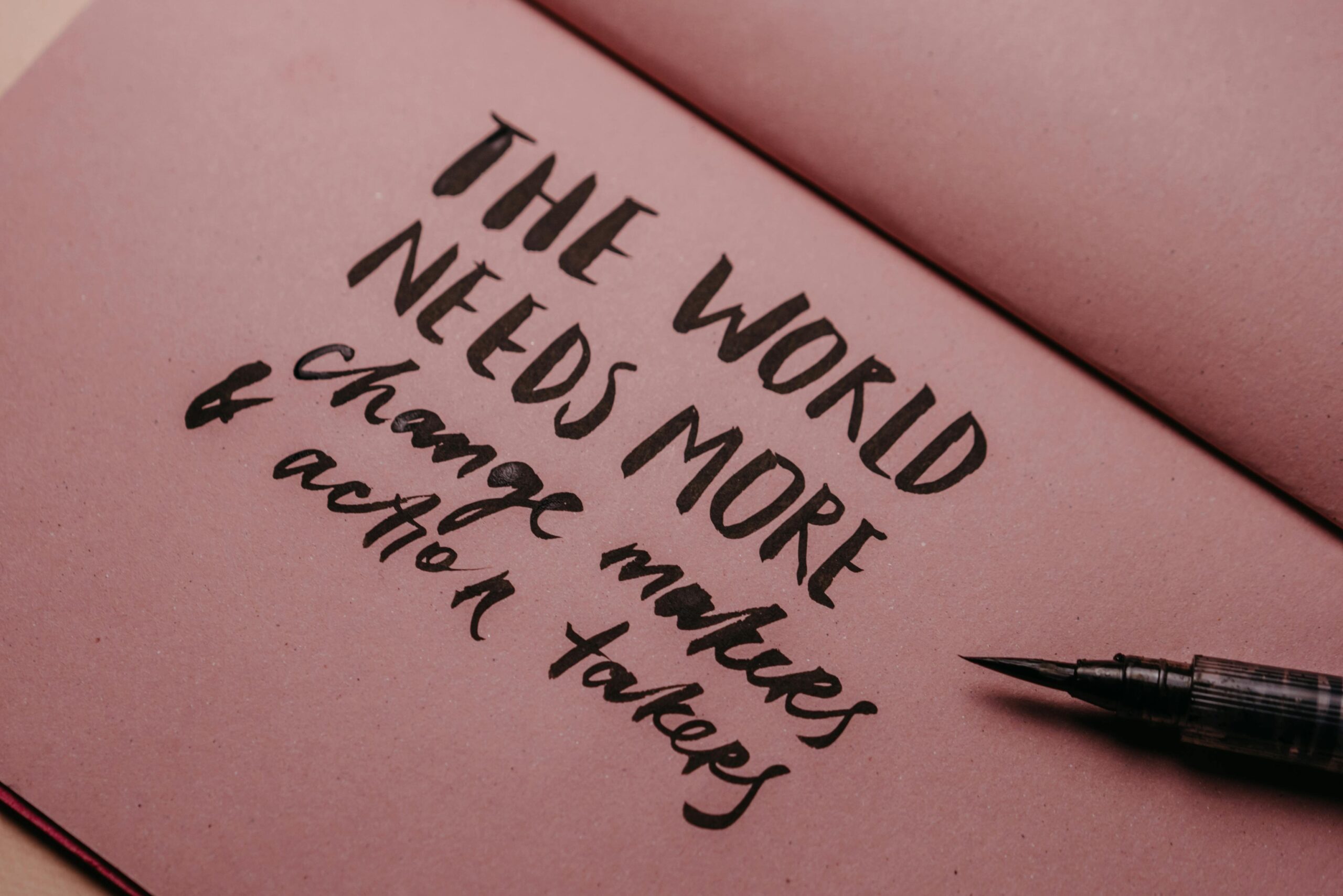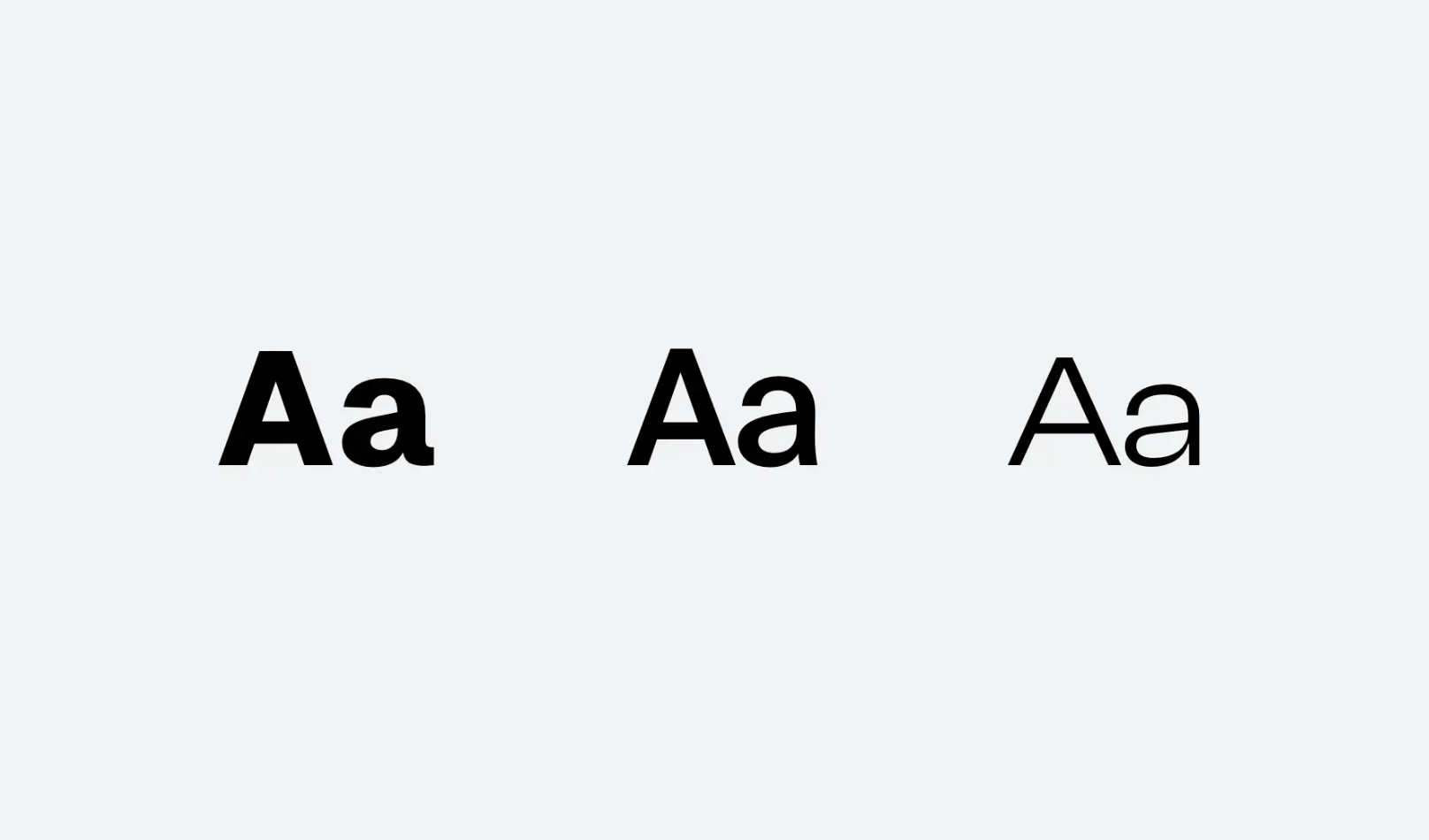La creazione di contenuti di qualità è diventata una strategia di marketing indispensabile per diverse…
HOW TO TAKE YOUR WEBSITE VIRAL
It’s no surprise that some businesses are convinced that all they need is a Facebook page and some awesome paid posts in order to go viral. I get it. It’s relatively cheap. It’s easy. And they see it as a faster way to success than taking the time to build a website, grow an audience organically, and wait.
But social media virality is hard to come by and, when it does happen, can be short-lived.
Now, making a website or blog go viral? That can have long-lasting results for a business. But what exactly does it mean to make a website “go viral”? And is this something you need to worry about as a web designer?
A Word About What It Means to “Go Viral”
On the Internet, going viral happens when something — a social media post, a blog post, a video, a website — becomes so popular that word of it spreads like an actual virus. It almost becomes infectious, like anyone who comes in contact with it can’t help but be affected.
Taking Inspiration from Viral Content
How many of your clients (or even prospects) ask how long it’ll take before their new website will make it to the top of search results? Or what the chances are that their blog will go viral?
Obviously, it’s your job to educate them on this before you go setting any expectations.
Make it clear that a website in the #1 position on Google isn’t some superficial status symbol. It’s achieved through lots of work done to and around the website. Google rewards quality, authority, and trustworthiness; not 15 minutes of fame.
If your clients understand the difference and agree that this is what they want, then explain to them that there are ways to design with viral-like qualities in mind. This way, you can still set their website up for widespread success, just with the more ideal approach of making it last.
1. START WITH A PERSONAL VISUAL ELEMENT
One of the things you’re going to find that viral brands have in common is that they draw you in with a personal element right off the bat.
2. MAKE IT HARD TO LOOK AWAY
Suffice it to say, viral content is not boring. While design choices like color and typography can certainly lend to the engagement factor of a website, you’re going to need to do more than that to get visitors’ attention and hold it.
3. UTILIZE DESIGN TRENDS BUT PUSH BOUNDARIES
Another thing to keep in mind about viral content and websites is that they tend to be risk-takers or, at the very least, have no shame. So, as you set about designing a website for a client that’s determined to make a huge splash from the get-go, you’re going to have to be okay with entering territory that’s never been covered before.
Looking at it today, you can see how a lot of what we’ve done in web design since — e.g. animation, parallax scrolling, and digital storytelling — comes from this brilliant gamble by the NYT. So, if there’s a lesson to take away from this viral piece of content, it’s this:
Don’t push boundaries for the sake of stirring up a reaction in the moment. Push boundaries to better the design and better the experience.
4. DON’T WAIT, BECOME
My personal experience after 20 years as digital communication designer is Clients thing too much, so they spend too much time instead of take action. Today, in 2019-2020, people use websites as total entertainment, so they need to be continuously feeded with contents! Tons of contents! Don’t wait and make a video and start uploading, everything will become, and grow step after step. This sounds like my Zen grandfather talking from the Timeless Temple, and it’s linked with procrastination and philosophy lessons: if you want to reach a place, then you must start.
And that’s why we all should be aware by a blank website:
Wrap-Up
Really, what we need to do when clients start talking about going viral or shooting to the top of search overnight is to explain that turning your brand into a virus is not a good thing. The goal is to have long-term success; not become something that’s super popular only for a short while.
That said, while you can’t and shouldn’t make promises that you’ll design a website to go viral, you can talk to your clients about how you’ll utilize certain qualities of viral content to increase the desirability and shareability of their website.
Push boundaries to better the design and better the experience
